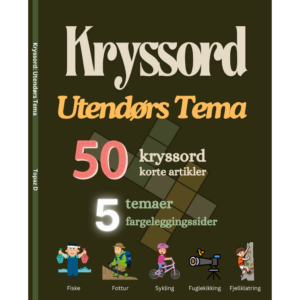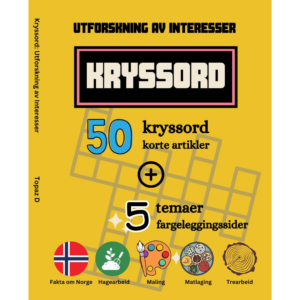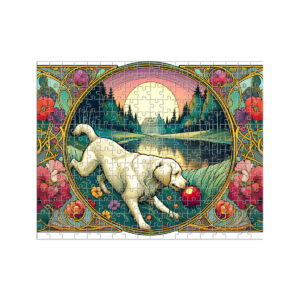
Explore & Play
Discover interesting topics and solve the accompanying crossword puzzle.
Author Crossword: Exploring the Legacy of Influential Authors
Table of Contents
Author crossword
You can either fill in the crossword puzzle directly on this page or click the button in the bottom right corner to print it for free.
——————————————
Exploring the Legacy of Influential Authors: From Shakespeare to J.K. Rowling
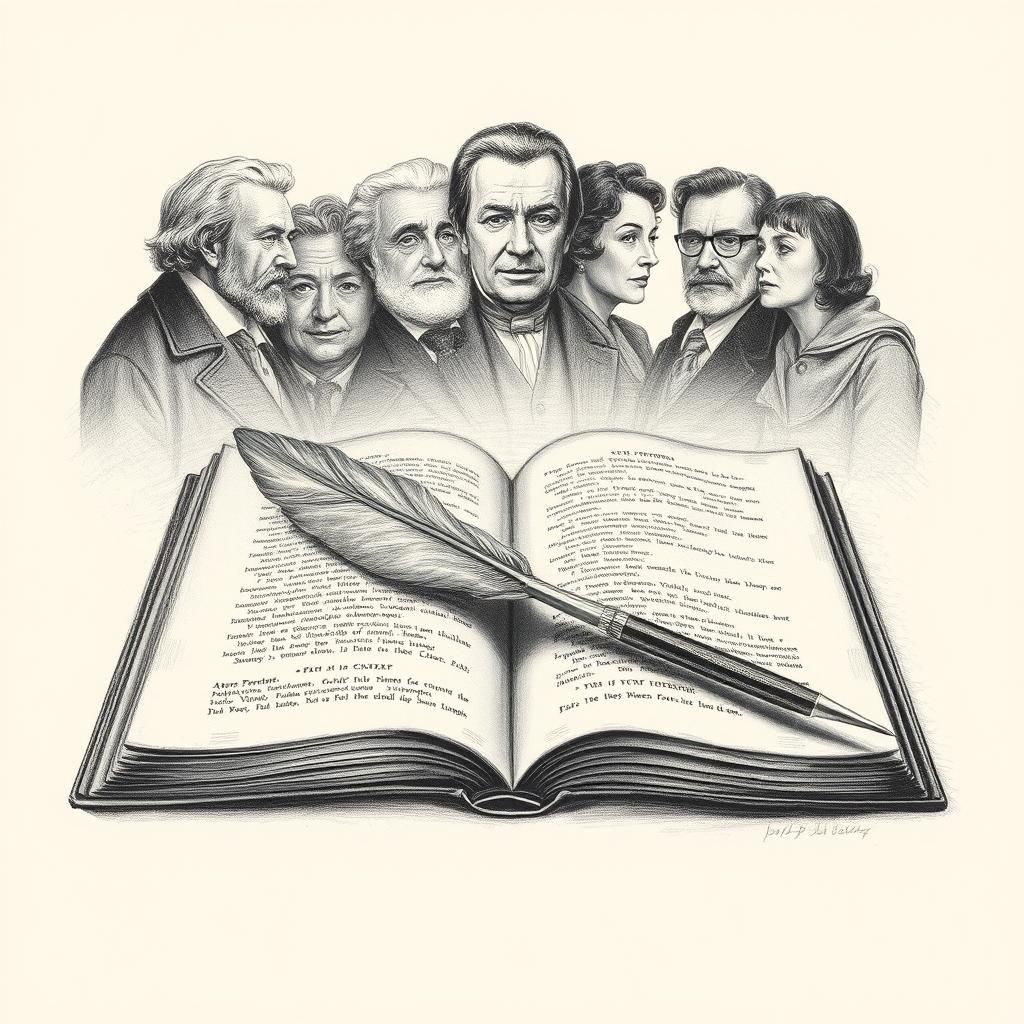
Imagine settling into your favorite chair, a well-worn book in hand, its pages whispering stories that echo across centuries. Literature isn’t just about words on a page; it’s a living thread weaving through our culture, shaping how we see ourselves and the world. Authors—not mere scribes but storytellers with a pulse—have long been the architects of this cultural tapestry, crafting narratives that reflect and challenge human experience. From the towering verses of Shakespeare, whose plays still resonate with raw emotion and social complexity, to the spellbinding worlds spun by J.K. Rowling that have captivated a new generation, each writer leaves a distinct mark. This article journeys through the lives and legacies of these influential voices, exploring how their stories interlace, inspire, and keep alive the timeless conversation between the past and present. Understanding their unique contributions helps us appreciate not just the stories they told but how those stories continue to shape who we are today.
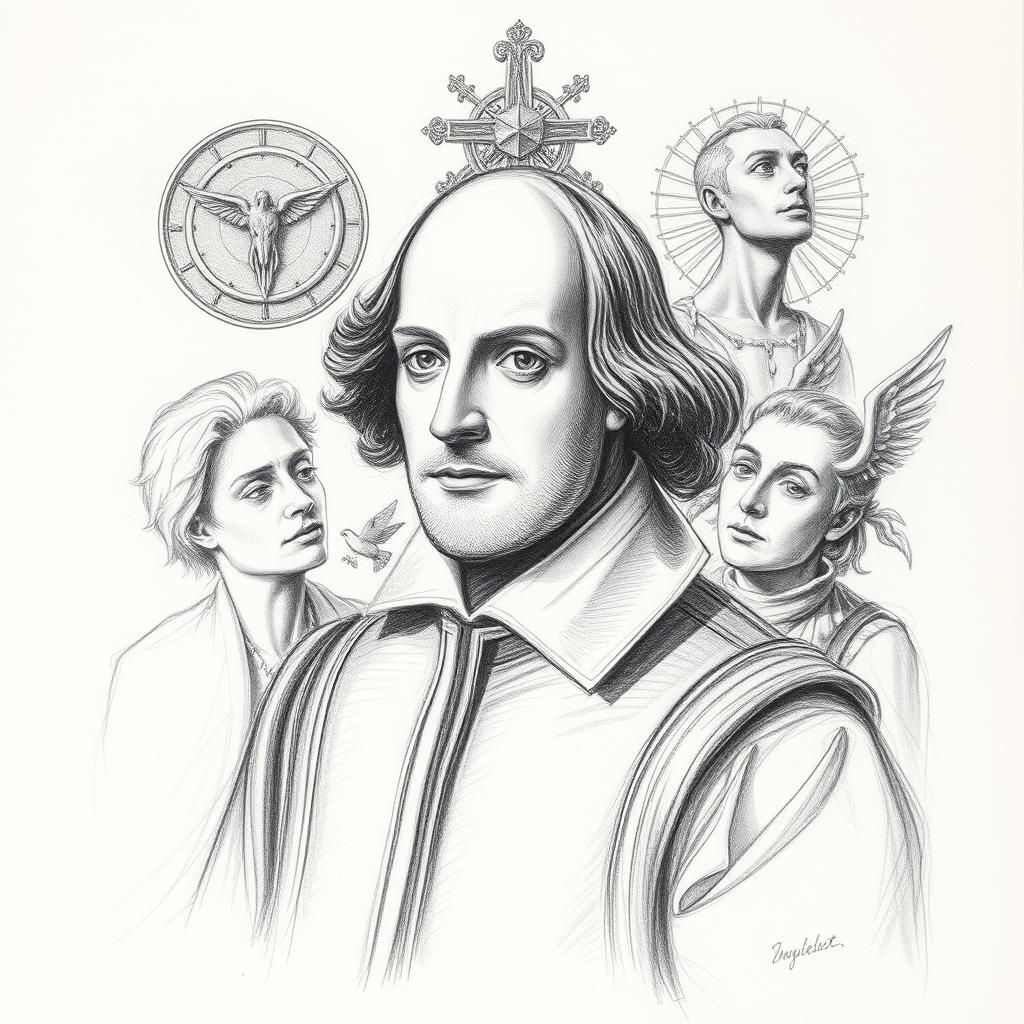
William Shakespeare: The Bard of Avon
Step into a crowded London theater nearly 400 years ago. The air is thick with anticipation; the wooden benches creak under restless bodies eager for a story that will echo long after the final curtain falls. William Shakespeare understood this moment better than anyone. His plays weren’t just entertainment—they were mirrors held up to the human soul, reflecting desires, fears, and contradictions still familiar today.
Shakespeare’s genius lies in his exploration of timeless human emotions—love, jealousy, ambition, betrayal—that pulse through every scene. Think of Hamlet wrestling with doubt and revenge, or Macbeth consumed by unchecked ambition. These aren’t distant tales locked in history; they are raw, lived experiences that invite us to question ourselves. His stories straddle the personal and the political, reminding us that the human heart often beats against the tides of society.
Beyond themes, Shakespeare’s storytelling techniques were revolutionary. His use of mythic structures—heroes facing trials, tragic flaws leading to downfall—wove a narrative fabric that still influences writers. Characters feel alive because they resist simple definitions, combining strength and vulnerability in ways that challenge audiences to look deeper.
It’s no surprise then that centuries later, authors like J.K. Rowling draw from this well of narrative power. Rowling’s wizarding world, with its complex characters and moral battles, echoes Shakespeare’s penchant for blending the magical and the real. She, too, crafts a stage where timeless themes find fresh expression, inviting a new generation to grapple with courage, identity, and the nature of good and evil.
Shakespeare’s legacy is more than a collection of plays; it’s the cornerstone of Western literary tradition. His words continue to breathe life into stories told around kitchen tables, in classrooms, and on global stages. When you read or watch Shakespeare, you’re not just witnessing history—you’re stepping into a conversation that spans centuries, connecting us through the shared experience of what it means to be human.
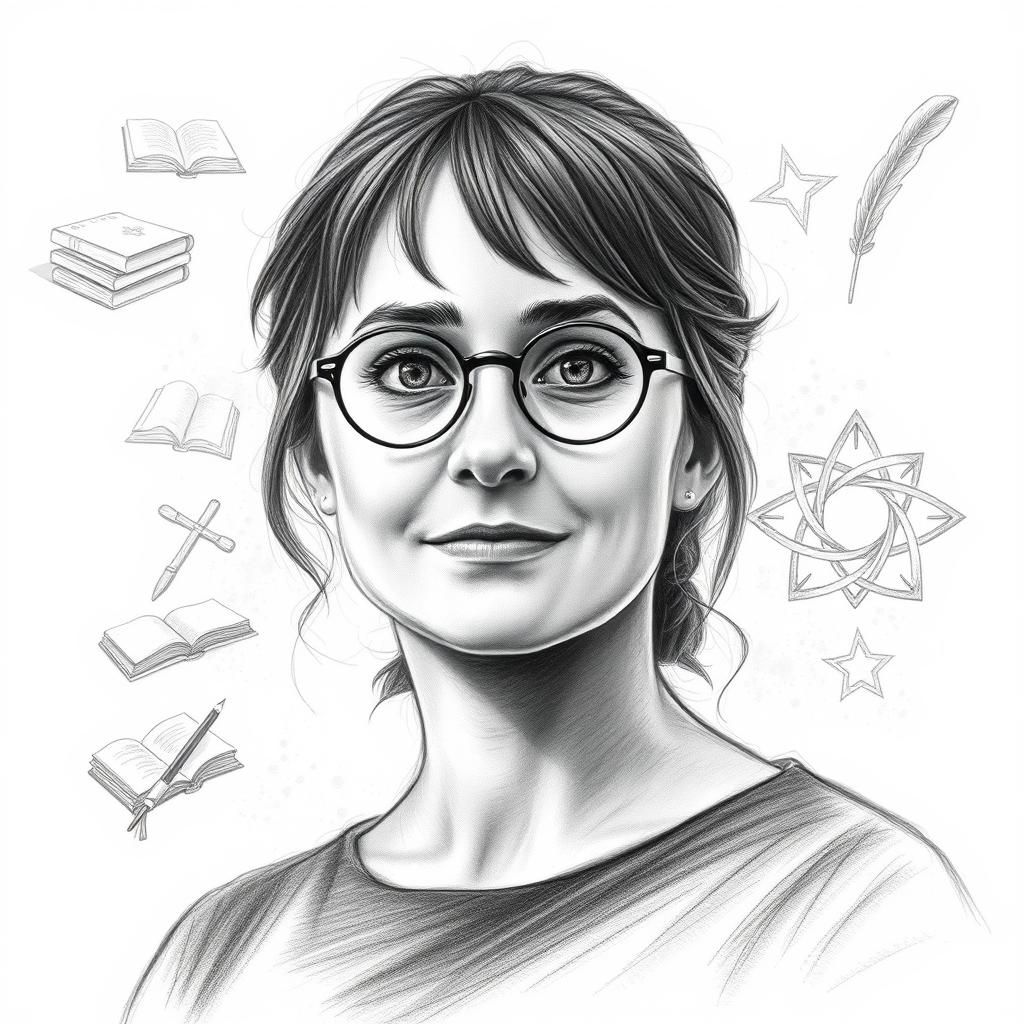
J.K. Rowling: Modern Storytelling and Philanthropy
Step into the world that J.K. Rowling built — a universe where magic hides just beneath the surface of the everyday. The Harry Potter series isn’t just a story about wizards; it’s a modern myth woven with ancient threads. Rowling drew on timeless themes of friendship, courage, and sacrifice, many echoing the grand narratives that Shakespeare so masterfully crafted. Think of the battle between good and evil, the complex family bonds, and the flaws that make her characters achingly human. These elements give Rowling’s work a depth that resonates across generations.
But Rowling’s influence goes far beyond the page. By 2025, she had donated over $200 million to various causes, supporting education, poverty relief, and children’s welfare. This generosity reveals another layer of her legacy — one that shows how storytelling can ripple out into real-world change.
Her stories have shaped the cultural imagination of millions, sparking creativity, empathy, and a renewed love for reading. In many ways, Rowling stands as a modern torchbearer of storytelling traditions, connecting past and present while inviting readers everywhere to step into their own stories of wonder.
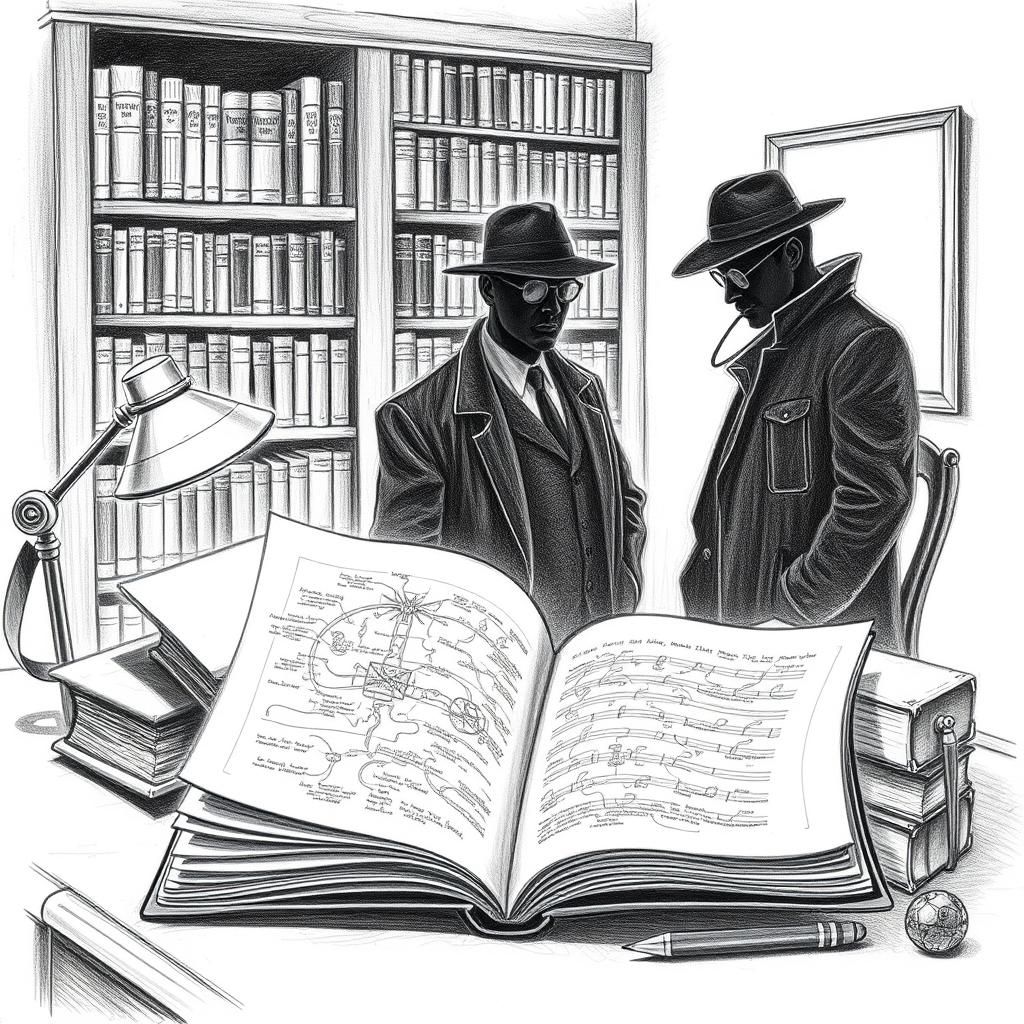
Agatha Christie: Queen of Mystery
Step into a world where every shadow holds a secret, and every clue whispers a challenge. Agatha Christie, with her signature quiet confidence, wrote mysteries that have captivated readers for over a century. She wasn’t just spinning tales — she was decoding the puzzles of human nature through 66 detective novels and more than 150 short stories. Her characters, from the sharp-eyed Hercule Poirot to the thoughtful Miss Marple, still stand as icons of the genre.
Christie drew inspiration from the real world, weaving observations from her life into her plots. The way people think, deceive, and reveal themselves fueled her storytelling, grounding her wild twists in recognizable truths. It’s this blend of keen insight and relentless plotting that reshaped the detective genre, turning mystery novels into a sophisticated dance of intellect and suspicion.
Her influence echoes beyond books — Christie’s work laid the foundation for countless films, TV shows, and even games. The cat-and-mouse narrative she perfected invites us to pause and puzzle, reminding us why the thrill of a good mystery never fades. Through her stories, Agatha Christie didn’t just entertain; she made us detectives in our own right, forever curious and always searching for the truth hidden just beneath the surface.
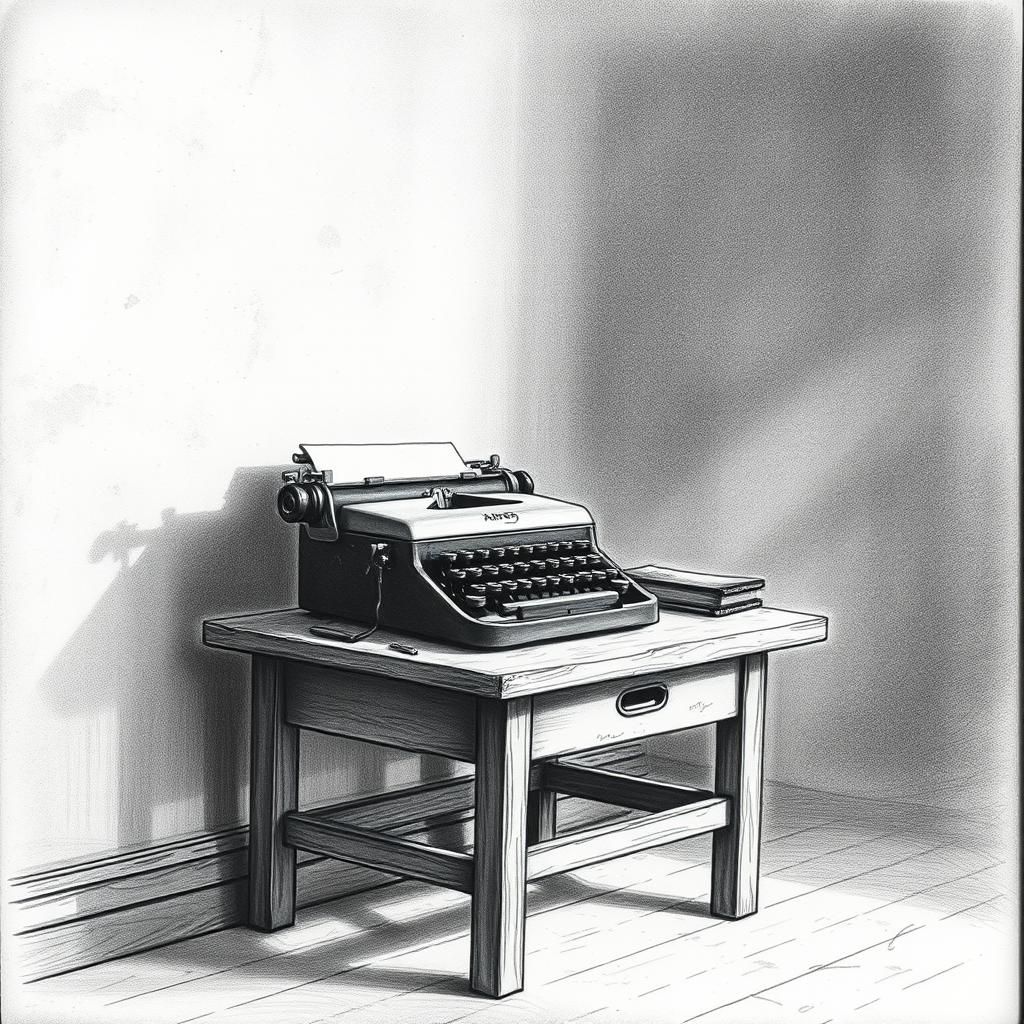
Ernest Hemingway: The Minimalist Pioneer
Picture a writer who slices away everything unnecessary—a sentence stripped to its bare bones, yet heavy with meaning beneath the surface. That was Ernest Hemingway’s craft. His prose is famously lean, each word carefully chosen like a stroke of a scalpel, revealing more by what’s left unsaid than what’s spoken. Short, punchy sentences, a rhythm that feels almost like a heartbeat—this was Hemingway’s rebellion against the florid, ornate language common before him.
He didn’t just write stories; he built a stark, raw world that invited readers to read between the lines. Whether it was the strained silence between characters or the sharp, brutal realities of war and loss, his style carried emotional weight in every pause. This “iceberg theory” of storytelling, where the bulk lies beneath the visible tip, changed how people imagined narrative. Contemporary writers owe much to Hemingway’s approach, which insists that less can be more, that simplicity can cut deeper than complexity.
Hemingway’s influence also shines brightest when you see him in tandem with Leo Tolstoy. While Tolstoy painted sweeping, intricate portraits of human nature and morality, Hemingway chiseled out the essentials. Together, they helped shape modern American prose—Tolstoy with his psychological depth, Hemingway with his stark economy—giving readers two distinct but complementary ways to explore the human condition. Their legacies remind us that powerful storytelling doesn’t demand excess; sometimes it’s the quiet understatement that echoes longest in our minds.
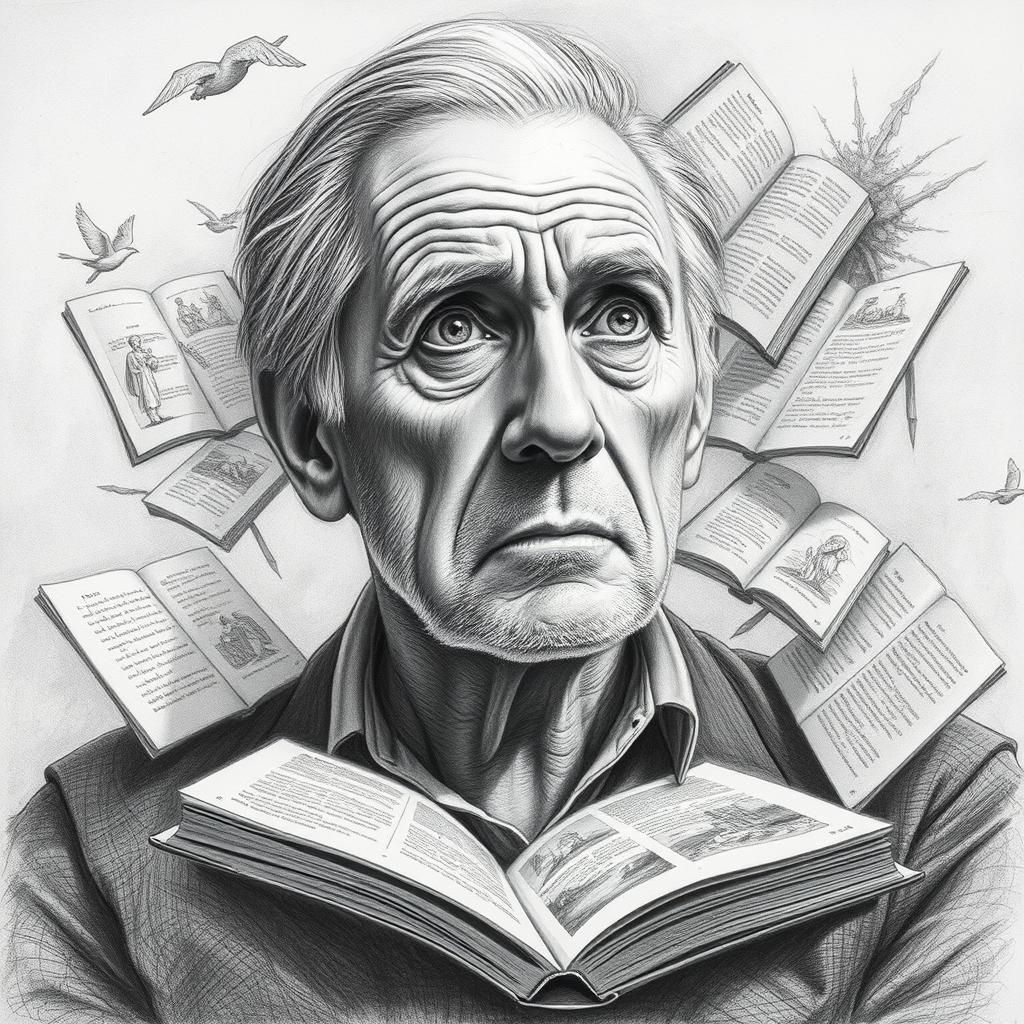
Leo Tolstoy: Master of Realism and Psychological Depth
Step into the world Leo Tolstoy created, and you’re met with a tapestry woven from the raw threads of human experience. His stories don’t just show you events—they invite you inside minds wrestling with faith, morality, and the very meaning of life. From the sprawling battlefields of War and Peace to the quiet, aching struggles in Anna Karenina, Tolstoy masterfully peels back the layers of social expectation to reveal the complex hearts beneath.
Tolstoy wasn’t content to simply tell a story. He sought to examine human nature itself—in all its contradictions, doubts, and desires. His characters live and breathe, wrestling with guilt, love, and the search for truth in a world that often feels indifferent. This deep psychological insight helped shape the modern novel, influencing writers far beyond Russia’s borders.
One of the most fascinating threads in literary history is the dialogue between Tolstoy and Ernest Hemingway. At first glance, their styles couldn’t be more different: Tolstoy’s rich, sprawling prose versus Hemingway’s stripped-down minimalism. Yet, beneath the surface, both share a commitment to exploring truth—Tolstoy through expansive detail and moral questioning, Hemingway through what’s left unsaid, the tension in silence.
Together, their legacies frame much of what we consider modern storytelling: a balance between depth and restraint, complexity and clarity. Tolstoy’s imprint can still be felt whenever a writer dares to portray the messy, contradictory nature of human life, reminding us that literature’s greatest power lies not in grand plots, but in the quiet, relentless pursuit of understanding ourselves.
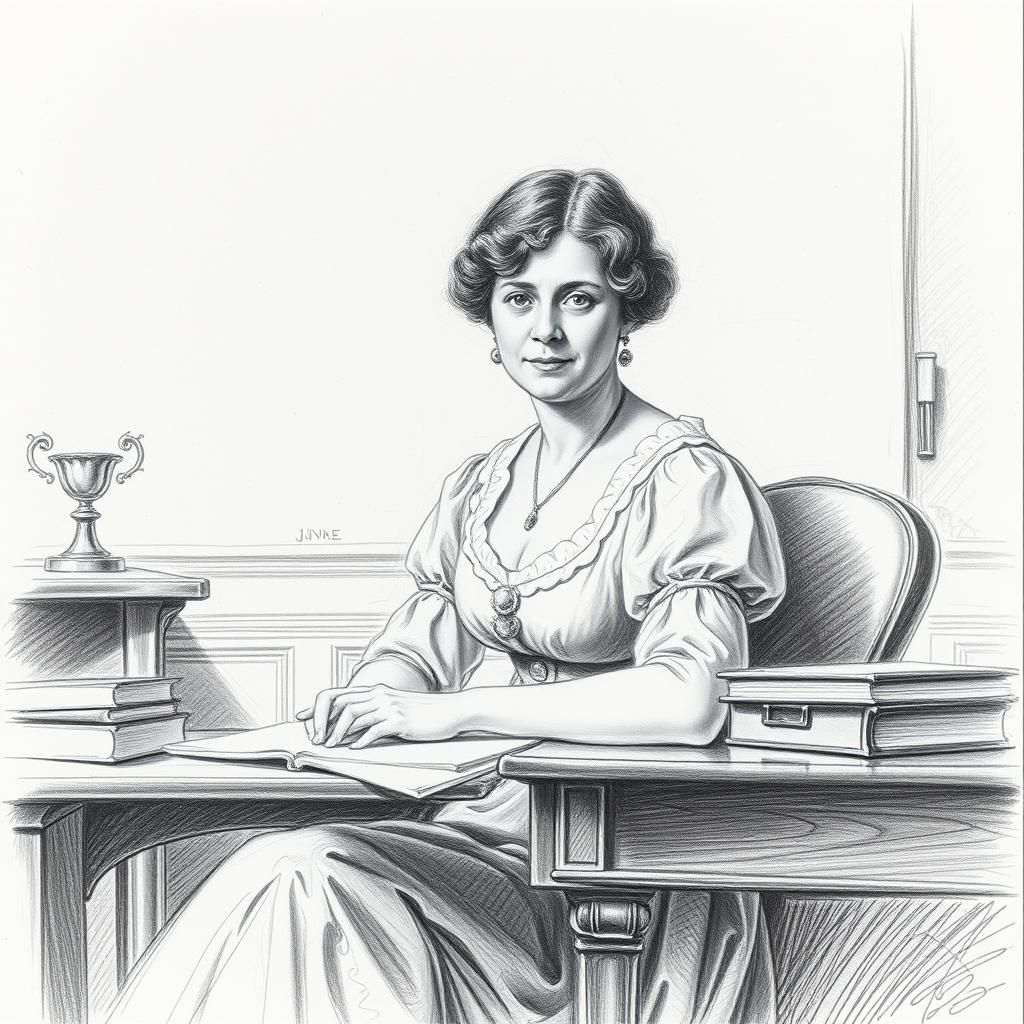
Jane Austen: Social Commentary and Wit
Step into the world of Jane Austen, and you’re met not with the romanticized image often painted by movies and folklore, but with a sharp observer quietly dissecting the society around her. Contrary to popular myths, Austen was neither a lonely spinster nor a hopeless romantic lost in fantasy. She was a witty, intelligent woman deeply aware of the social constraints and expectations of her time.
Her novels don’t simply tell love stories; they expose the intricate dance of manners, class, and gender politics in early 19th-century England. Through irony—sometimes gentle, sometimes biting—Austen invites readers to see the absurdities hiding beneath polite society’s surface. Take Elizabeth Bennet’s clever retorts or Emma Woodhouse’s misguided matchmaking: Austen’s characters sparkle not only with charm but with truths about ambition, pride, and social mobility.
Beyond entertainment, Austen’s work endures because she lights a candle on the human condition, illuminating the quiet struggles and desires that still resonate today. Her influence ripples through modern literature, inspiring authors to blend humor with insightful social critique. Walking alongside Austen is like joining a knowing companion who nudges you to look closer, think deeper, and perhaps, laugh a little at the foibles that connect us all.
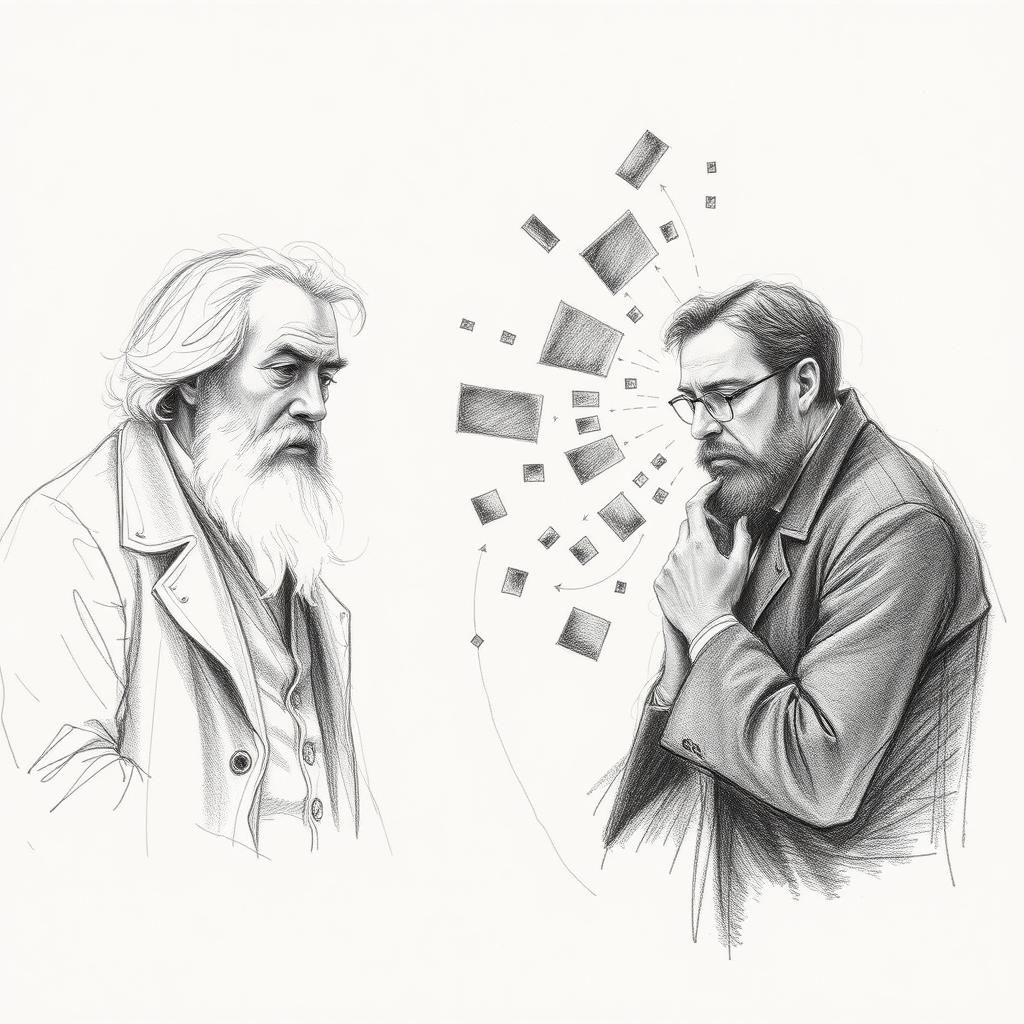
Henrik Ibsen and Knut Hamsun: Pioneers of Modern Drama and Psychological Exploration
Step into a late 19th-century theater, the air heavy with anticipation and quiet murmurs. Henrik Ibsen takes the stage—not as a performer, but as a writer who’s about to shift the entire landscape of drama. Before Ibsen, plays often leaned on grand gestures and clear-cut morals. But Ibsen carved out a new path, one that sliced into the heart of society itself, exposing uncomfortable truths with sharp realism. His characters wrestle with inner conflicts and societal pressures, living lives that reflect the audience’s own anxieties and contradictions. Think of A Doll’s House, where Nora’s quiet rebellion isn’t just a plot twist but a mirror held up to the claustrophobic roles prescribed to women. Ibsen didn’t just write plays; he challenged norms, sparking conversations about individuality and the cost of conformity long after the curtain fell.
Meanwhile, just a few miles north in Norway, Knut Hamsun was quietly redefining what stories could do inside the mind. Where Ibsen tackled society’s external pressures, Hamsun dove inward, mapping the tangled landscapes of human psychology with groundbreaking narrative techniques. His novels peel back the layers of consciousness, capturing raw, sometimes unsettling, emotions and impulses. In Hunger, we follow a nameless protagonist whose desperate hunger becomes as much a metaphor for existential struggle as it is a physical reality. Hamsun’s style—fragmented, intense, and deeply subjective—paved the way for literary modernism, influencing giants like Kafka and Joyce. His work refuses easy answers, inviting readers into the messy, unpredictable rhythms of thought and feeling.
Together, Ibsen and Hamsun forged new territories in literature. One held up a lens to society’s strictures; the other, to the labyrinth of the human mind. Their legacies ripple through modern drama and psychological fiction, reminding us that stories are more than entertainment—they’re lenses through which we examine ourselves and the worlds we inhabit. In their hands, theater and narrative became arenas for honest, sometimes painful reflection—a tradition that shapes how we tell stories today.
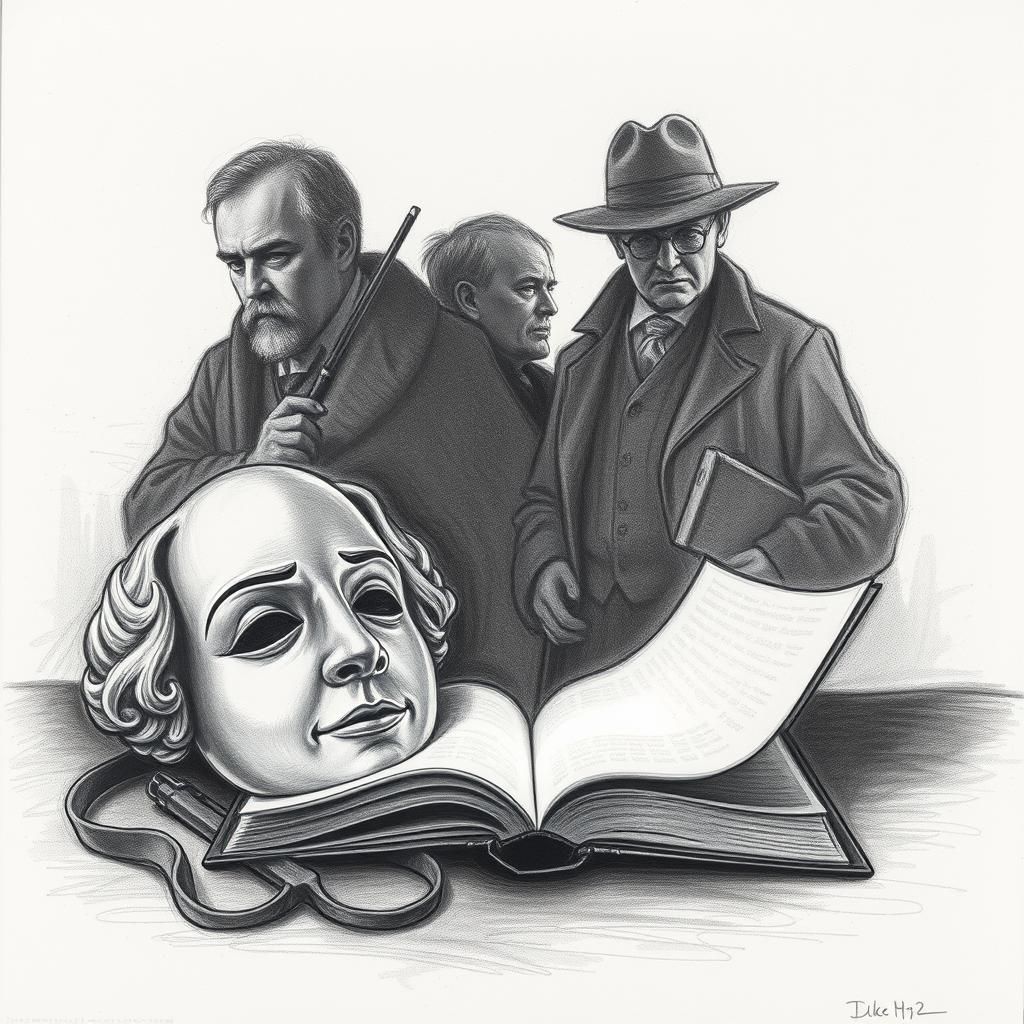
Connecting the Legacies: How These Authors Shape Literature and Culture
Step into any conversation about great storytelling, and you’ll find echoes of these authors’ voices. Their legacies don’t just sit quietly in bookshelves—they ripple through the stories we tell, the values we hold, and the imaginations we nurture.
Take Shakespeare and Rowling, for instance. Shakespeare’s mastery of myth and human complexity weaves directly into Rowling’s world-building. Think of Hogwarts—not just a school, but a stage where timeless struggles of good and evil, identity and sacrifice play out, echoing Shakespeare’s themes of humanity’s contradictions. Rowling’s characters wrestle with fate and choice much like Hamlet or Macbeth, showing how old stories find fresh breath in modern ink.
Meanwhile, look across the Atlantic to Tolstoy and Hemingway. Two giants who carved very different paths, yet together sculpted the face of modern American prose. Tolstoy’s sweeping explorations of moral depth and social dynamics meet Hemingway’s pared-down, punchy style—the silent spaces between words carrying as much weight as the words themselves. It’s like listening to two storytellers speak different languages but tell the same truth about human nature.
Beyond their writing styles, these authors collectively shape how we understand ourselves and our world. Through their tales, we inherit values—courage, empathy, resilience—and confront societal questions that remain strikingly relevant. They remind us that literature isn’t just entertainment; it’s a cultural compass guiding us through history and humanity.
So when you revisit these classic stories or dive into their modern echoes, you’re part of a vast conversation stretching across centuries. Their influence lives on not only in pages but in our collective imagination, forever shaping how stories are told and understood.

As we close this journey through the lives and legacies of these remarkable authors, it’s clear each one carved out a unique corner of the literary world that still echoes today. Shakespeare’s mastery of human emotion and mythic storytelling laid the groundwork for writers like J.K. Rowling, who in turn blended those timeless themes with modern imagination and generosity. Agatha Christie crafted mysteries born from keen observation, while Hemingway’s stripped-down prose gave voice to unspoken depths, picking up threads from Tolstoy’s sweeping realism and philosophical inquiry. Jane Austen’s sharp wit and social insights continue to charm and challenge readers, as Ibsen and Hamsun pushed the boundaries of drama and psychology.
Together, their works form a web of influence that spans epochs and styles, reminding us that literature is not static but a living dialogue between past and present. Preserving and revisiting their stories helps us understand the evolving human experience—and offers a mirror to our own hopes, fears, and dreams. So next time you open one of these books, think beyond the pages: you’re stepping into a conversation that has shaped, and will continue to shape, cultures and imaginations for generations to come.
Share to...
I hope you enjoy the content.
Want to receive our daily crossword puzzle or article? Subscribe!
You may also be interested in
Share to…
Want to receive our daily crossword puzzle?
-
Jigsaw Puzzles
Art Nouveau Jigsaw Puzzle with Playful Dog in Scenic Landscape 250 | 300 | 500 Pieces
kr 348,00 – kr 439,00Price range: kr 348,00 through kr 439,00 Select options This product has multiple variants. The options may be chosen on the product page -
Jigsaw Puzzles
Maine Coon Cat Ink Wash Puzzle 250 | 300 | 500 Pieces
kr 348,00 – kr 439,00Price range: kr 348,00 through kr 439,00 Select options This product has multiple variants. The options may be chosen on the product page -
Jigsaw Puzzles
Rose-Tinted Dreams Floral Puzzle 250 | 300 | 500 Pieces
kr 348,00 – kr 439,00Price range: kr 348,00 through kr 439,00 Select options This product has multiple variants. The options may be chosen on the product page











